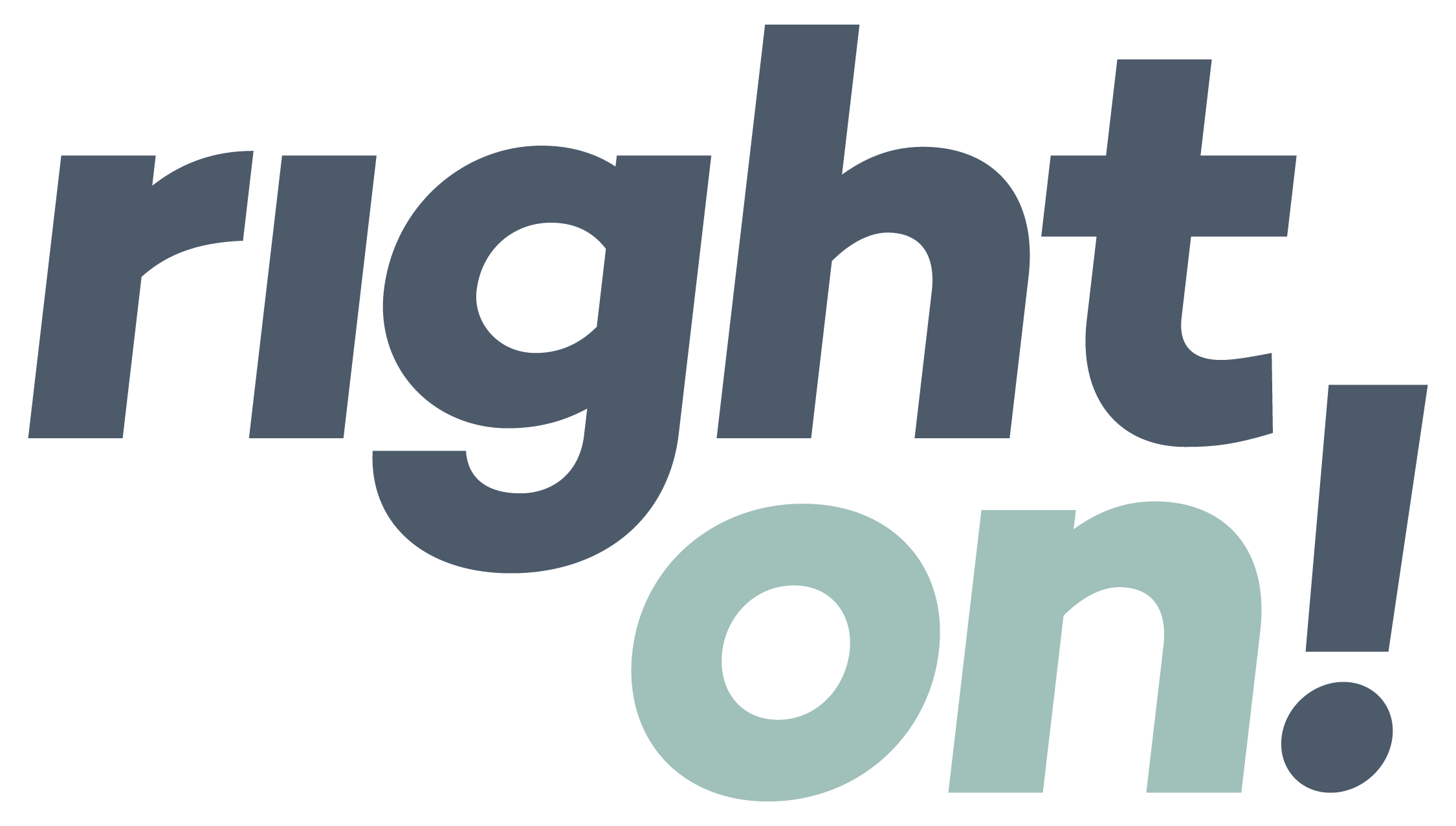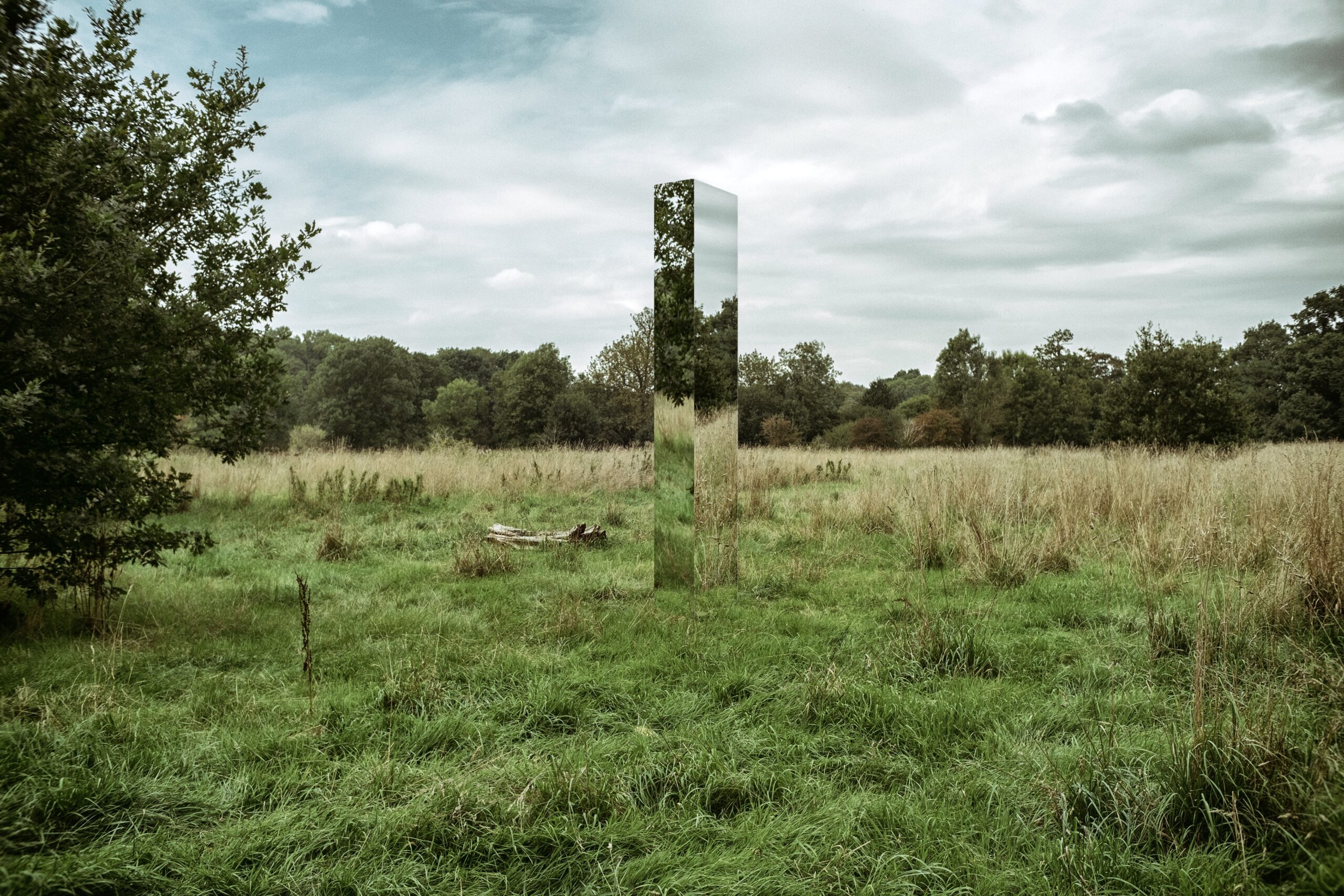
The art of saving the planet.
Art alone can’t change the world.
But it can change how we see and interpret the world. It can spark conversations. Build empathy. Deepen understanding. And, ultimately, it can lead us to change.
As sustainability communicators, we use our artistic talents in writing and design to market and communicate a brand’s messages. But (for once!) I’m not talking about this type of art. I’m talking about the work of sculptors, poets, musicians, and other artists who typically work outside the corporate world.
We need their voices more than ever.
Yes, we need artists in the places we’ve always found them, like galleries, performance halls, and libraries. But we also need them in sustainability communications—because our celebration and elevation of their work strengthens the collective chorus that calls for a better world.
Not so dissimilar to the work of a great content marketer, the job of the artist is to transmit emotion from creator to audience, so people can see some sliver of the world differently—and maybe even change their behaviors based on that experience. The work must stir something deep inside us without hitting us over the head. If it’s too heavy-handed, it’ll come off as propaganda—and propaganda rarely makes good art.
We need unorthodox perspectives.
With more artists using their talents to tell stories about the environmental and social issues we face, it’s time for sustainability professionals to pay attention to their work. Even more importantly, we should look to these artists as a powerful source of inspiration for our own communications and marketing projects.
Because the stories they tell are unorthodox, original, and thought-provoking, they awaken people from the trance of daily life. Their messages break through, get heard, and make an impact. Which is exactly what all of us in sustainability communications are trying to do.
Here are just a few artists and art collectives addressing climate change and inequality in their work—along with some thoughts on what we, as sustainability professionals, can learn from them.
Take a big idea and distill it waaay down: Rewriting Earth comics.
Sustainability communications requires translating complex science and statistics into simple, human language. Rewriting Earth does this primarily through comics, working with influential storytellers and comic artists around the world.
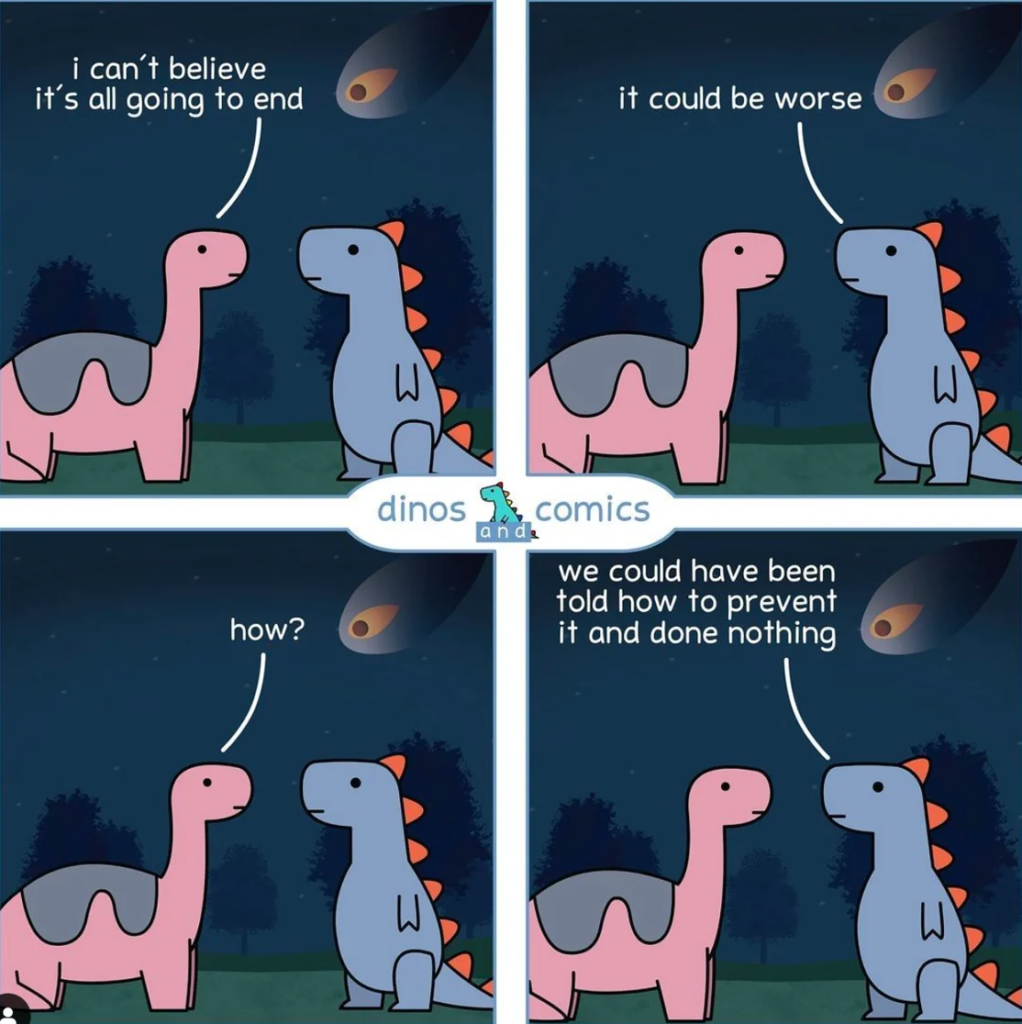
Make the abstract tangible: “Ice Watch,” Olafur Eliasson.
When we engage all our senses, we can better comprehend and remember complex ideas. Olafur Eliasson’s Ice Watch, a series of sculptural installations that started in 2014, uses cast-off blocks of ice from the Greenland ice sheet to provide what the Ice Watch project page calls “a direct and tangible experience of the reality of melting artic ice.” Visitors can put their ears up to the ice and actually hear it cracking. As it melts over a few days, the shapes transform, offering a sensory experience of something that’s otherwise hard to imagine.
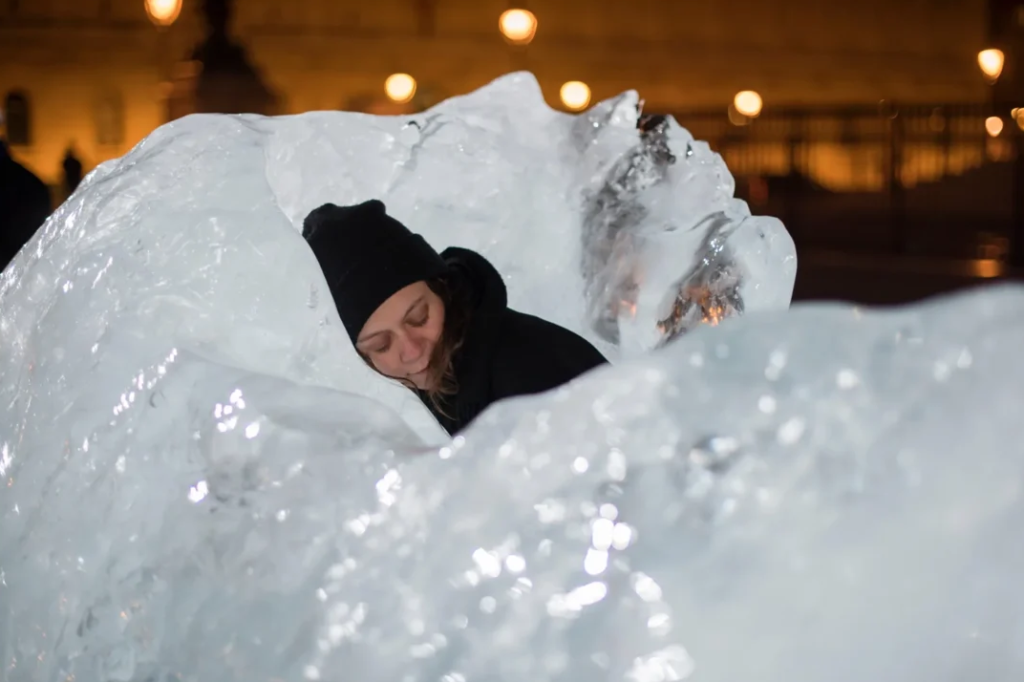
Entertain people: “All the Good Girls Go to Hell,” Billie Eilish.
When we entertain our audiences—whether through a game, a film, or a catchy pop hook—we have the power to capture their attention, so our messages can get through. In “All the Good Girls Go to Hell,” Billie Eilish does this by taking a dancey beat and overlaying lyrics like “hills burn in California/don’t say I didn’t warn ya” that speak directly to Gen Z’s angst and frustration over the world they’ve inherited.
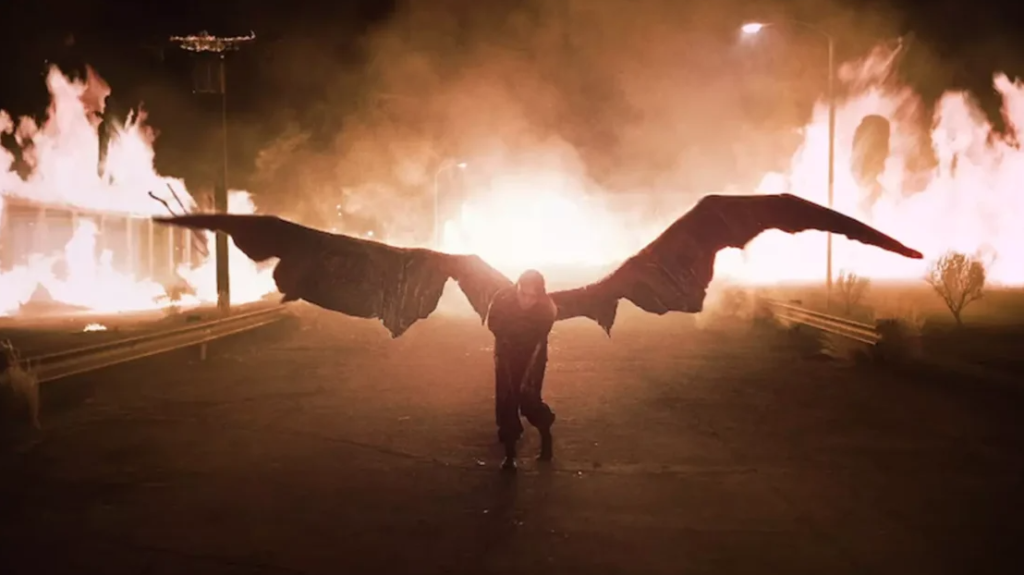
While we probably won’t get a collab with Billie Eilish or Olafur Eliasson for our next sustainability content project (although it’s always worth a try!), we can bring their bold creativity and deep humanity to our work—so that audiences really feel our messages and remember them long after the experience of reading, watching, or listening ends.
Our Most Recent Insights.
SEE ALL INSIGHTS →
Storytelling
The business case for human writing.
In a sea of AI content, human-written stories stand out. And get better business results.

Storytelling
Climate storytelling: It’s all about the journey.
For powerful sustainability stories, focus on the journey, not the destination.
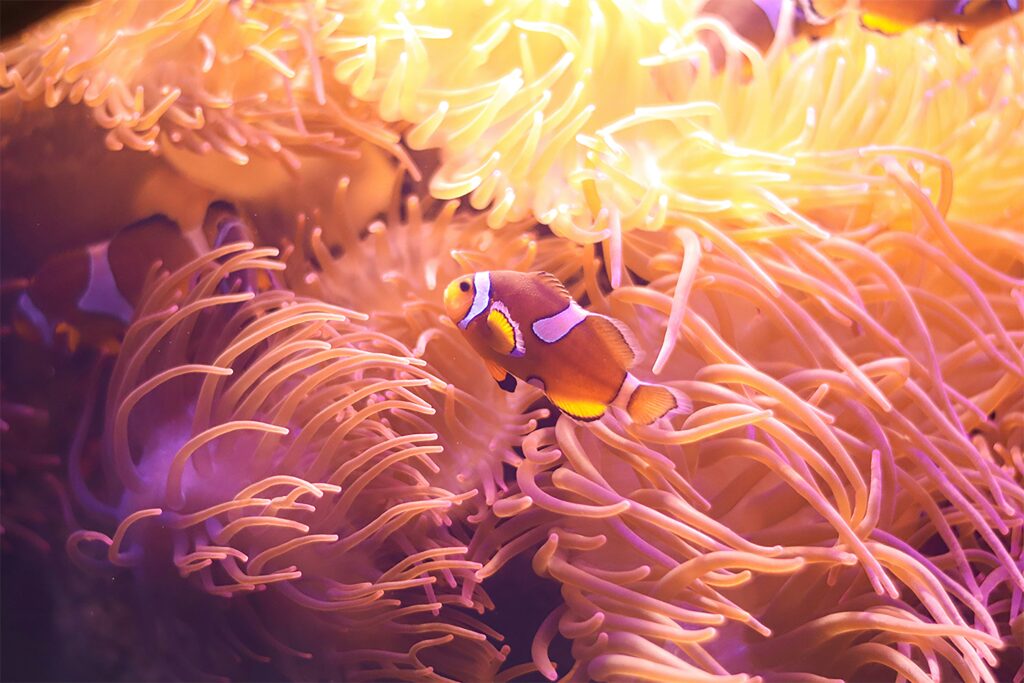
Storytelling
Don’t just communicate sustainability. Market it.
Sustainability needs more than communications. It needs marketing.
